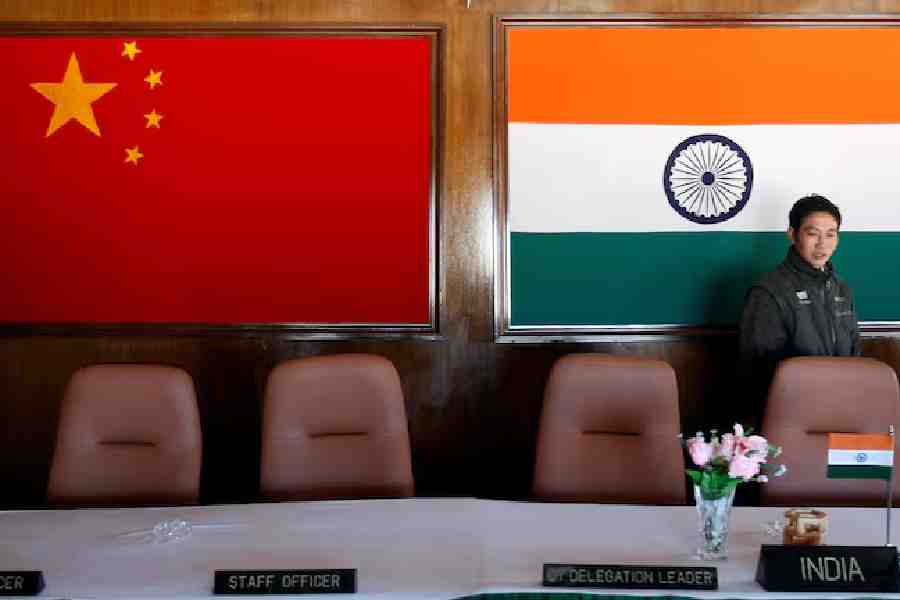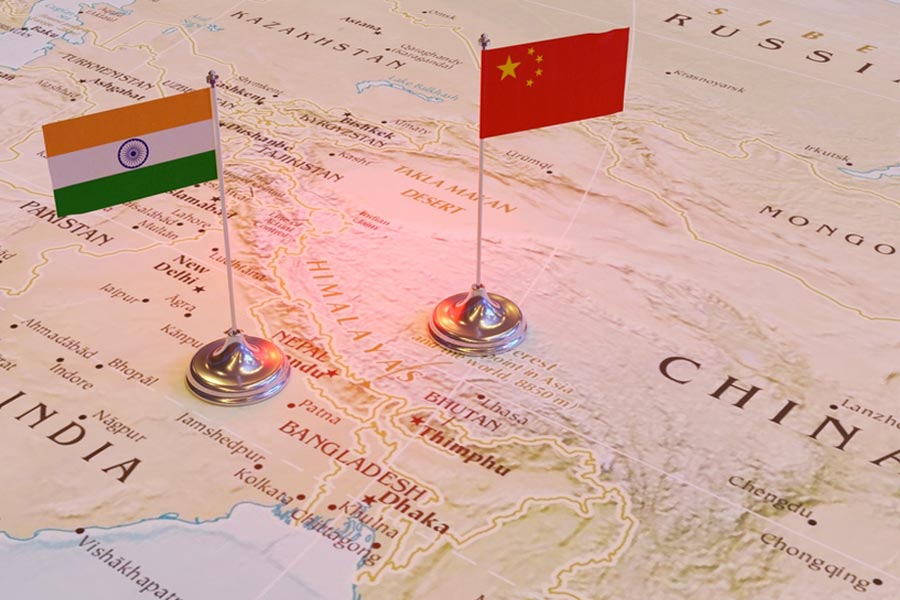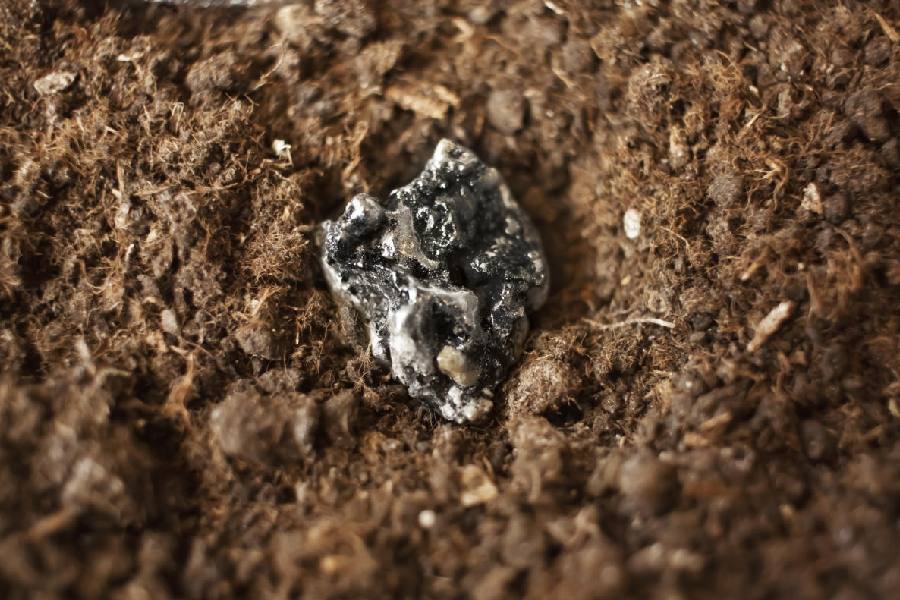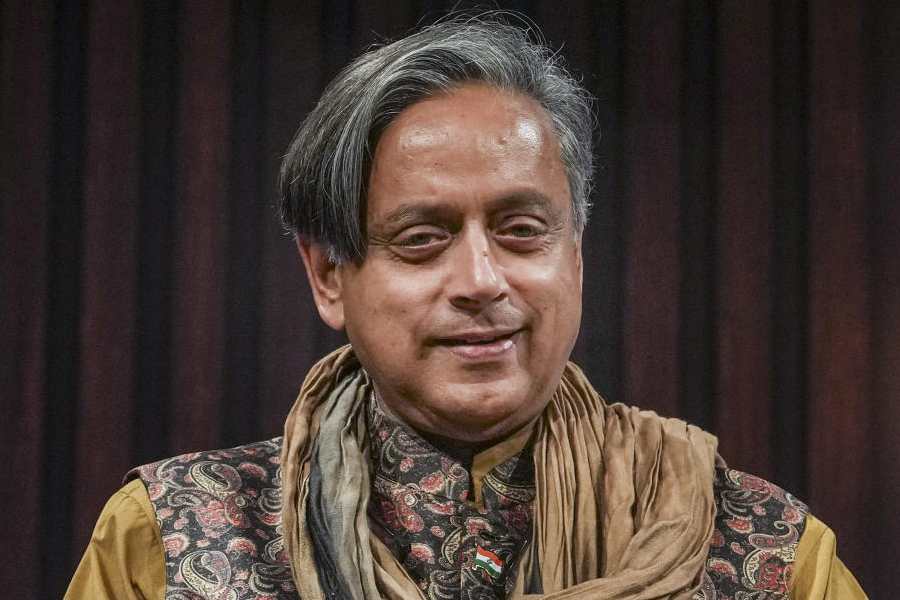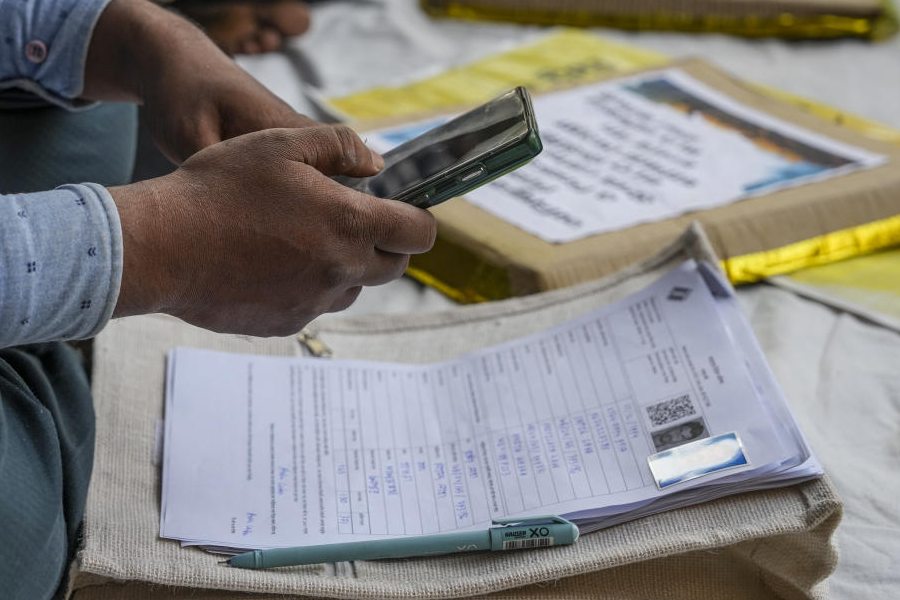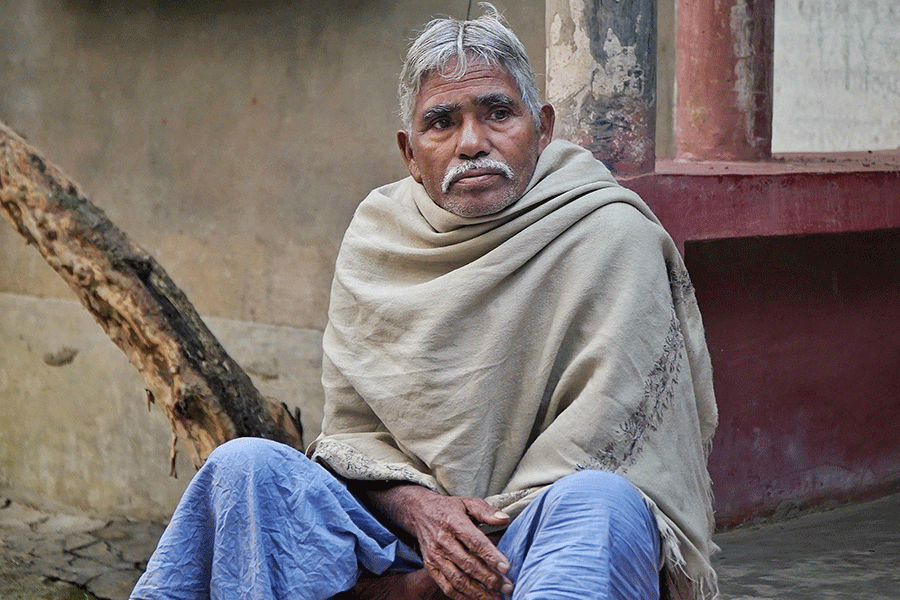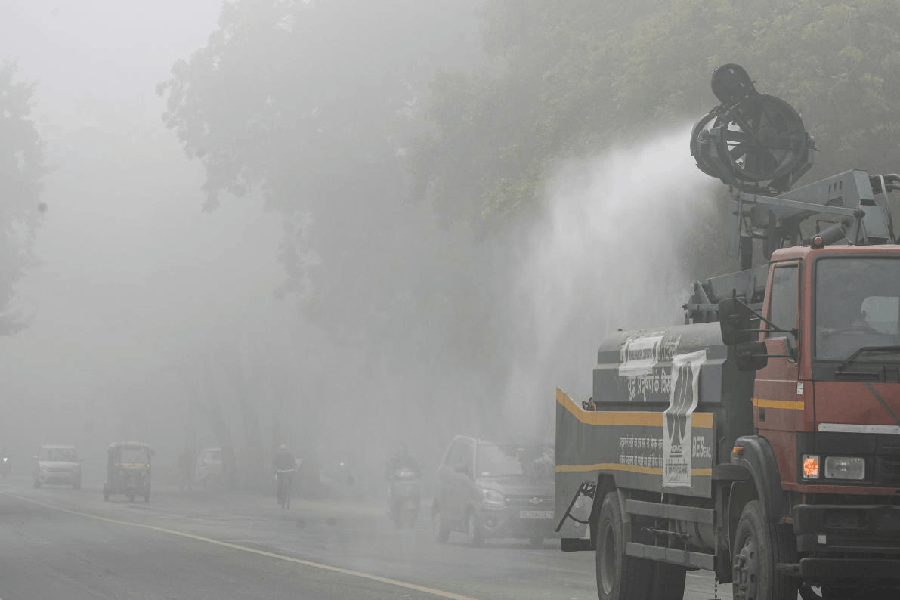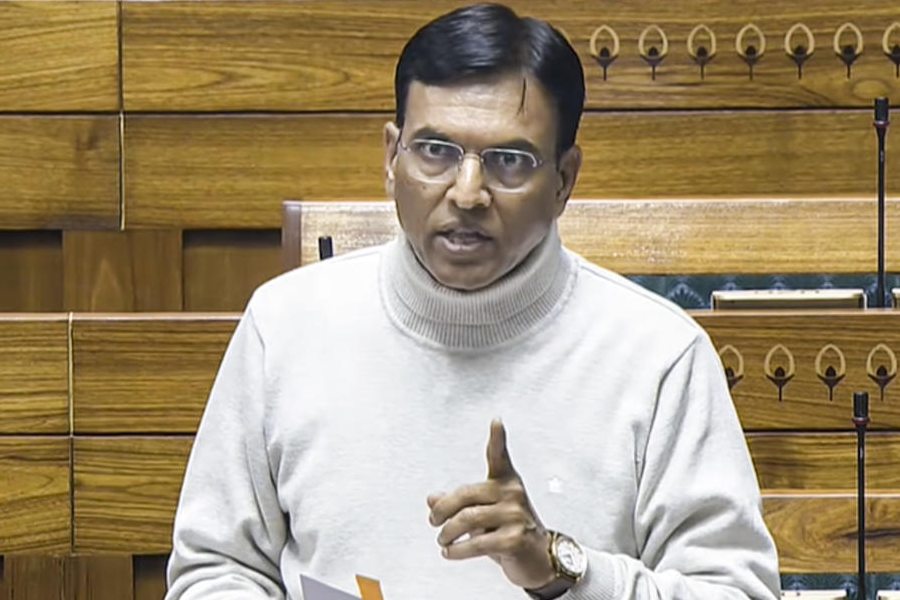India is signalling greater openness to Chinese investment in electronics manufacturing as bilateral relations show signs of improvement with companies like Micromax and Karbonn seeking approvals from the Centre, according to government sources.
The shift comes as India seeks to expand its manufacturing capacity in the electronics sector, where China currently dominates with 60 per cent of global production capacity.
Around 60 per cent of electronics manufacturing happens in China, and hence, it is not easy to ignore it, the source added.
"Things are easing (between India and China). There are signals. Tourist visas have been opened. In electronics, 60 per cent of manufacturing takes place in China. So, there has to be some sort of collaboration," the sources said to PTI.
Roughly six to seven joint venture proposals are in advanced stages of review. Companies including Bhagwati (Micromax), and Karbonn are seeking approvals.
Dixon Technologies has received approval from the Indian government to form a joint venture with Chinese peer Longcheer.
The government is assessing projects that could enhance domestic manufacturing under the new component manufacturing scheme. Officials emphasised that only proposals involving real technology transfer—beyond simple assembly—will be considered.
Last week, NITI Aayog proposed to allow Chinese firms to hold up to 24 per cent in Indian entities without triggering security checks.
After the India-China conflict in 2020, India has ramped up local smartphone manufacturing and exports, reducing its reliance on Chinese imports.
China retaliated by imposing informal barriers, targeting the electronic sectors.
Over the past eight months, these curbs have intensified, affecting manufacturing inputs and creating disruptions in supply chains.
Later, China asked some of its companies to scale down or shut their operations in India and withdraw Indian staff, aiming to limit technology transfer to Indian companies.
The latest blow came with China's restrictions on the export of key rare earth materials, critical components for smartphone manufacturing, sparking fears of input shortages.
On restrictions related to rare earth magnets, government sources expressed confidence that the industry would adapt.
Several options are being explored, including importing finished components rather than raw materials, and seeking alternative suppliers or technologies.
"There are a number of ways in which you can overcome this," the source told ANI. "The restriction is on importing that material. You make the component, you can import the component as it is. In other cases, you look at alternatives."
The automotive sector has highlighted concerns about Chinese restrictions and requested governmental assistance. In India, manufacturers of EVs has raised concern over running out of the supplies.

